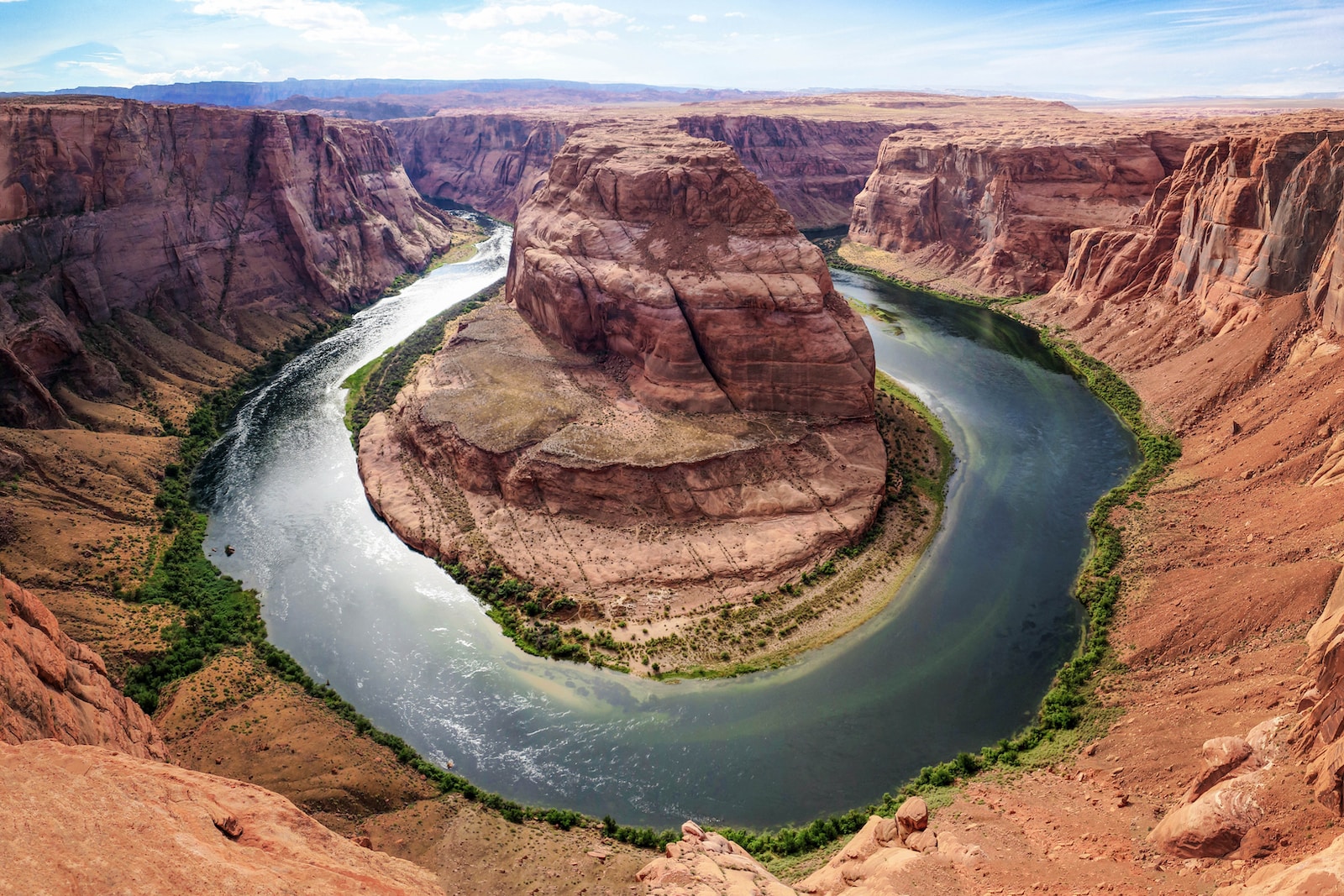Table of Contents
ToggleIntroduction:
Alfalfa, a crop commonly used to feed livestock, is putting a significant strain on the Colorado River. Agriculture accounts for almost 80% of the water consumed in the Colorado River Basin each year, and alfalfa is responsible for more than a third of that drain. In this article, we’ll take a closer look at the impact of alfalfa farming on water scarcity, the reasons behind its popularity, and the efforts to conserve water in the region.
The Impact of Alfalfa Farming on Water Scarcity:
Alfalfa has a long growing season, a deep root system, and a leafy dense canopy that needs plenty of moisture to stay green. Water-rights laws incentivize ranchers to use as much river water as they’re allotted, which has contributed to wasteful irrigation methods such as flood irrigation. Flood irrigation is a popular solution, easy to implement, and can create temporary havens for migrating birds. However, it’s also wildly inefficient and contributes to the significant water consumption of alfalfa farming.
The Popularity of Alfalfa Farming:
Alfalfa is a nutrient-rich option for feeding dairy and beef cattle, producing a huge amount of protein per acre, making it profitable for farmers. It’s also a crop that can handle the ferocious summers in the West better than many other fruit and vegetable varieties. Moreover, the rising global demand for dairy products and beef is driving up the demand for alfalfa, with 40% of the alfalfa grown in California in 2020 exported.
Efforts to Conserve Water in the Region:
Last month, California, Arizona, and Nevada agreed to conserve 3 million acre-feet of Colorado River water through 2026 to protect their drinking supply. The agreement will change the way hay and forage crops such as alfalfa and Bermuda grass are farmed. For the next three years, the states agreed to pay cities, irrigation districts, and Native American tribes $1.2 billion to use less water, including paying many farmers not to farm. In addition, the federal government is reviewing the deal, and the states and other parties involved are working on the finer points over the next several months.
Conclusion:
Alfalfa’s popularity as a crop used to feed livestock is contributing to water scarcity in the Colorado River Basin. With agriculture accounting for almost 80% of the water consumed in the region, the impact of alfalfa farming is significant. Efforts are being made to conserve water, including an agreement to pay farmers to use less water and changing the way hay and forage crops are farmed. It remains to be seen how effective these efforts will be in the long term, but for now, it’s clear that the impact of alfalfa farming on water scarcity cannot be ignored.







